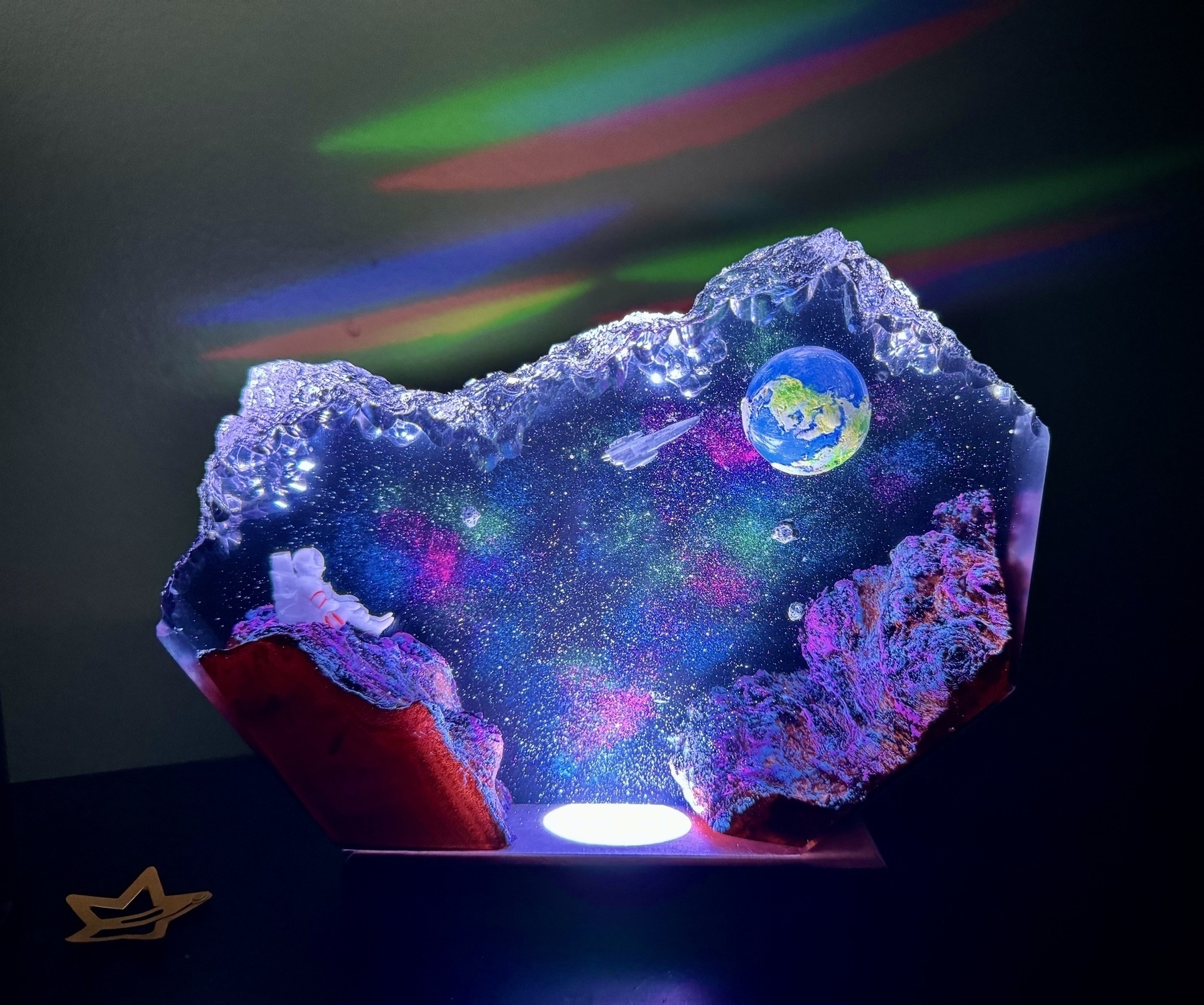-
Finished reading: The Magicians by Lev Grossman 📚
Four stars
-
Beautiful night sky in MA with the solar storm!
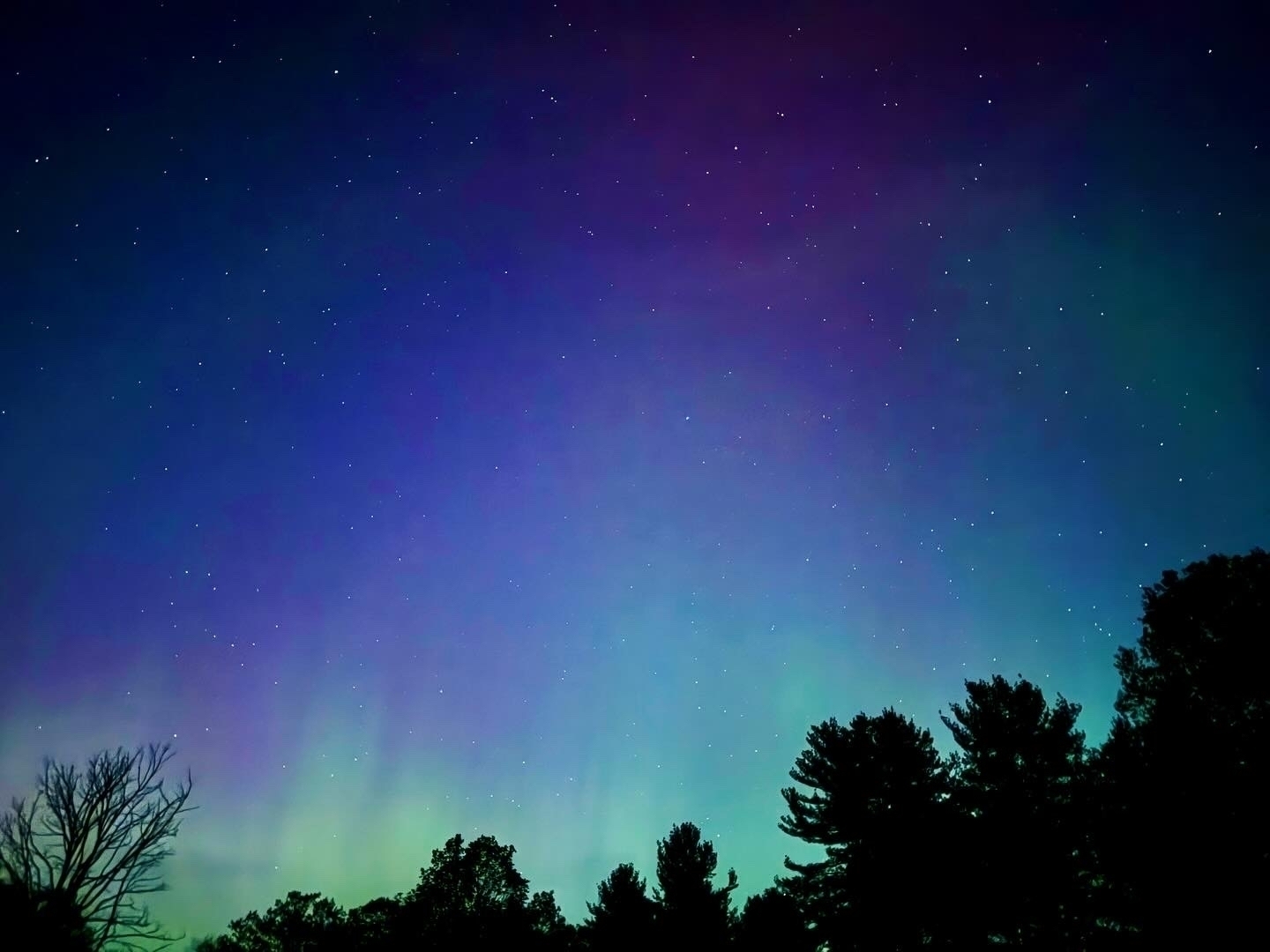
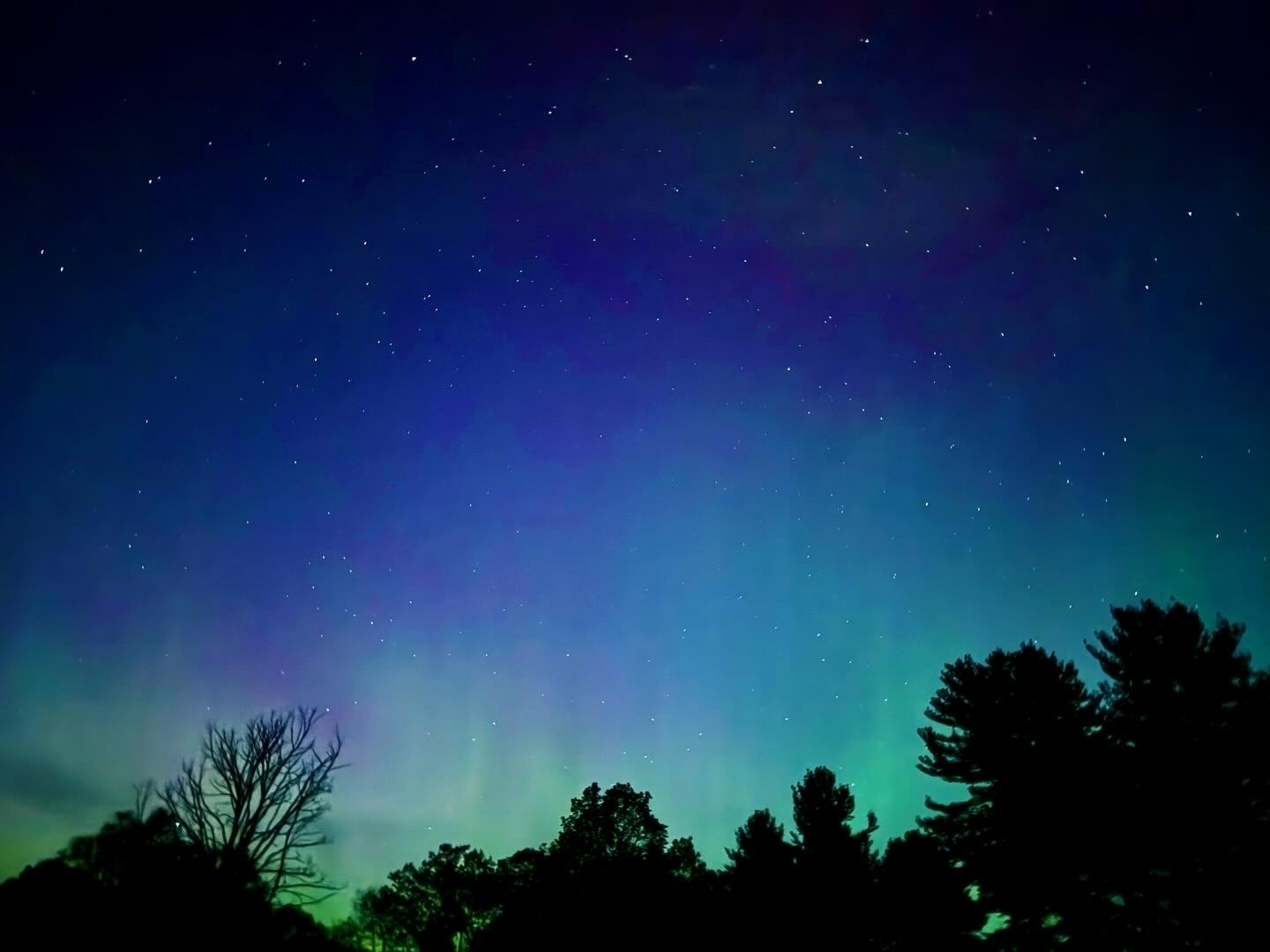
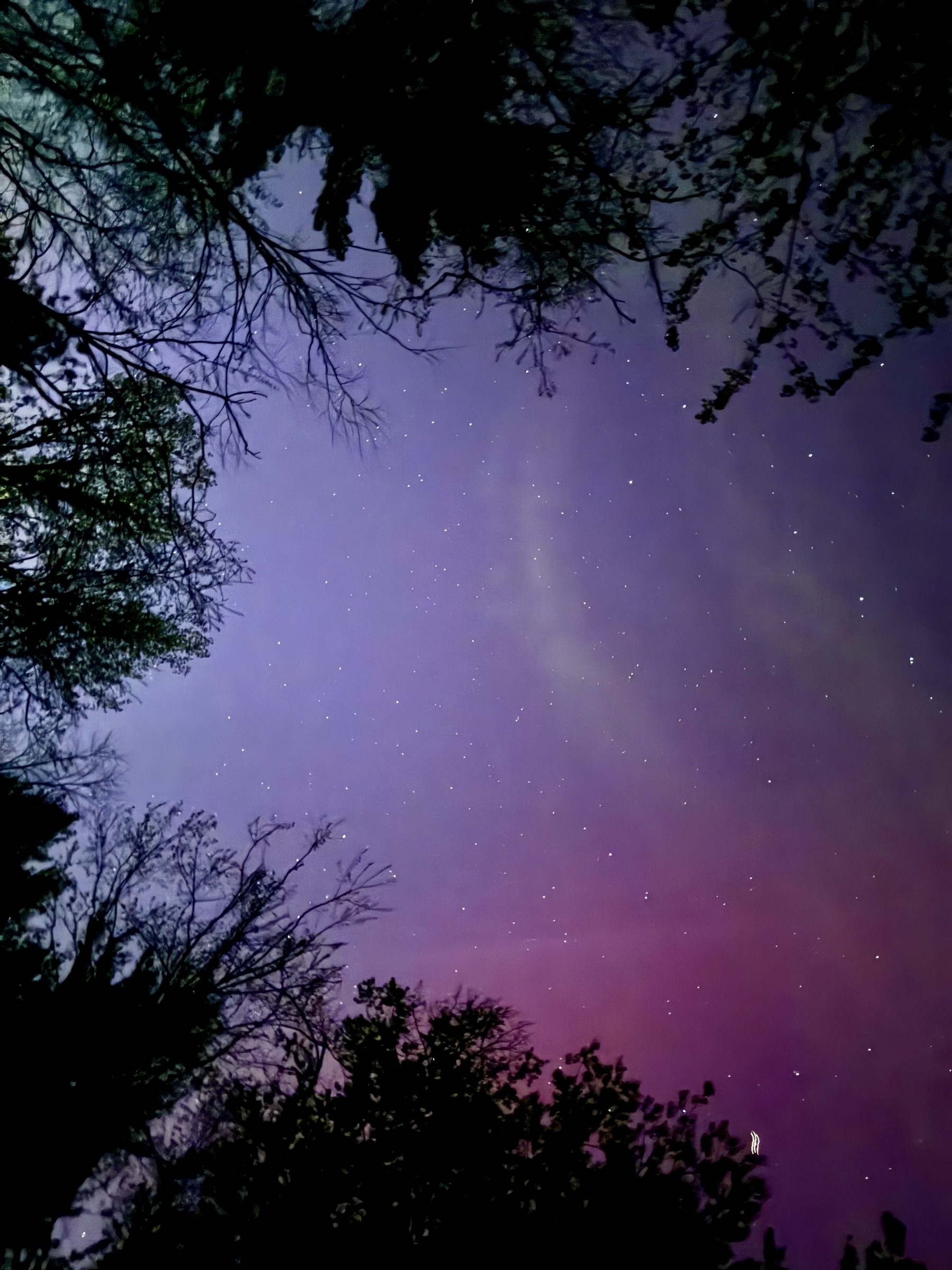
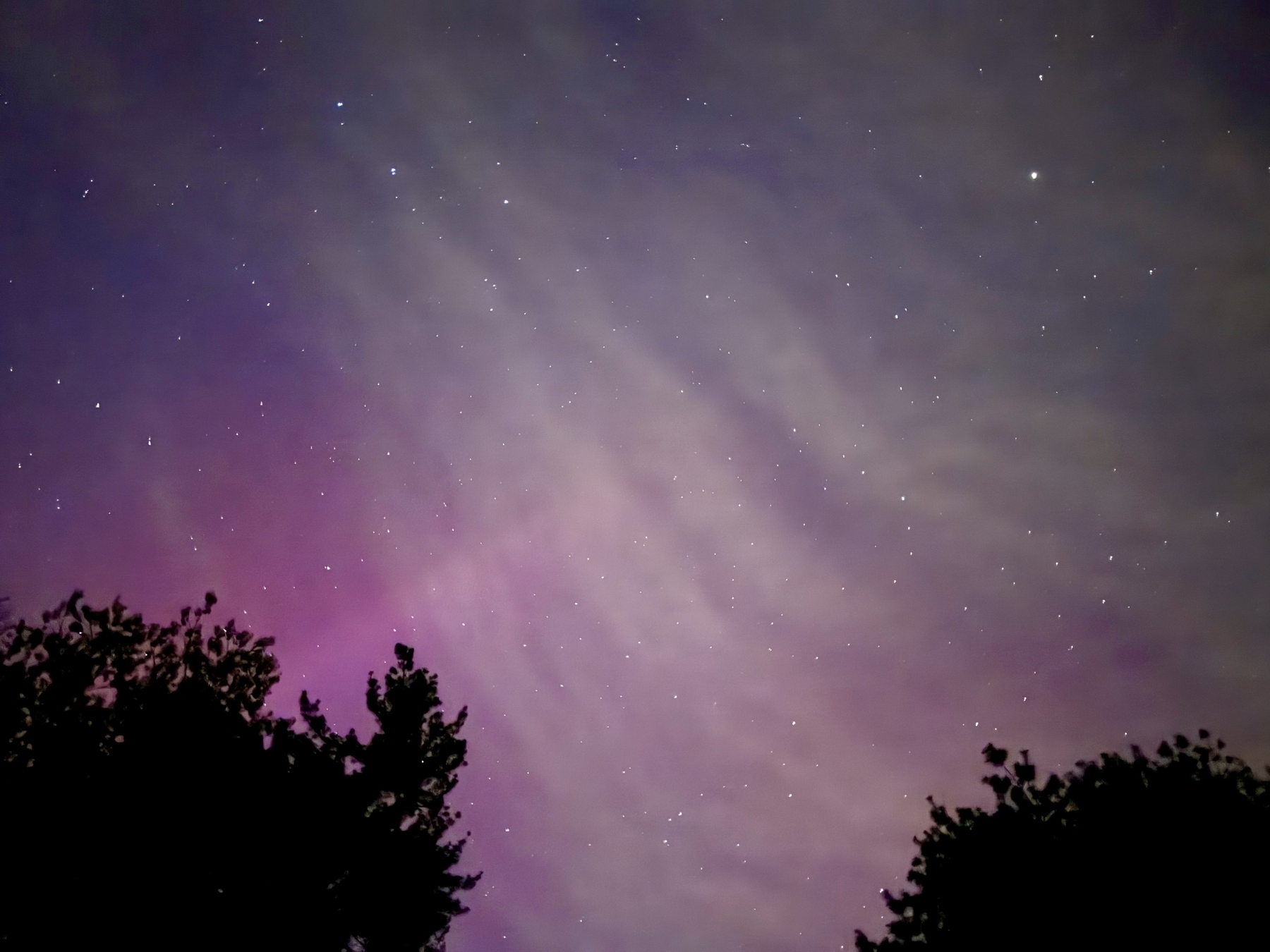
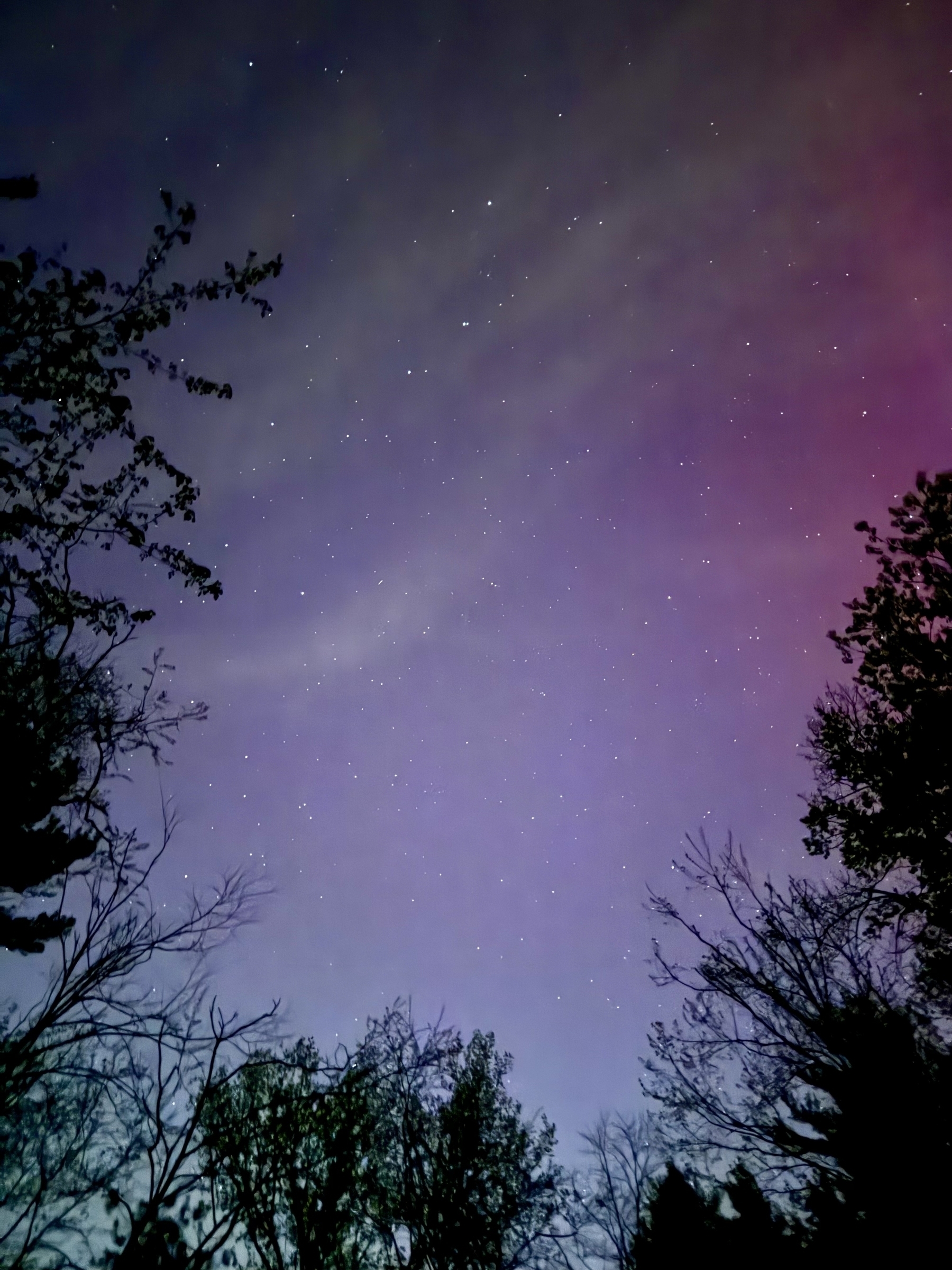
-
Astronomy Photo: M13 Hercules Globular Cluster
My observation:
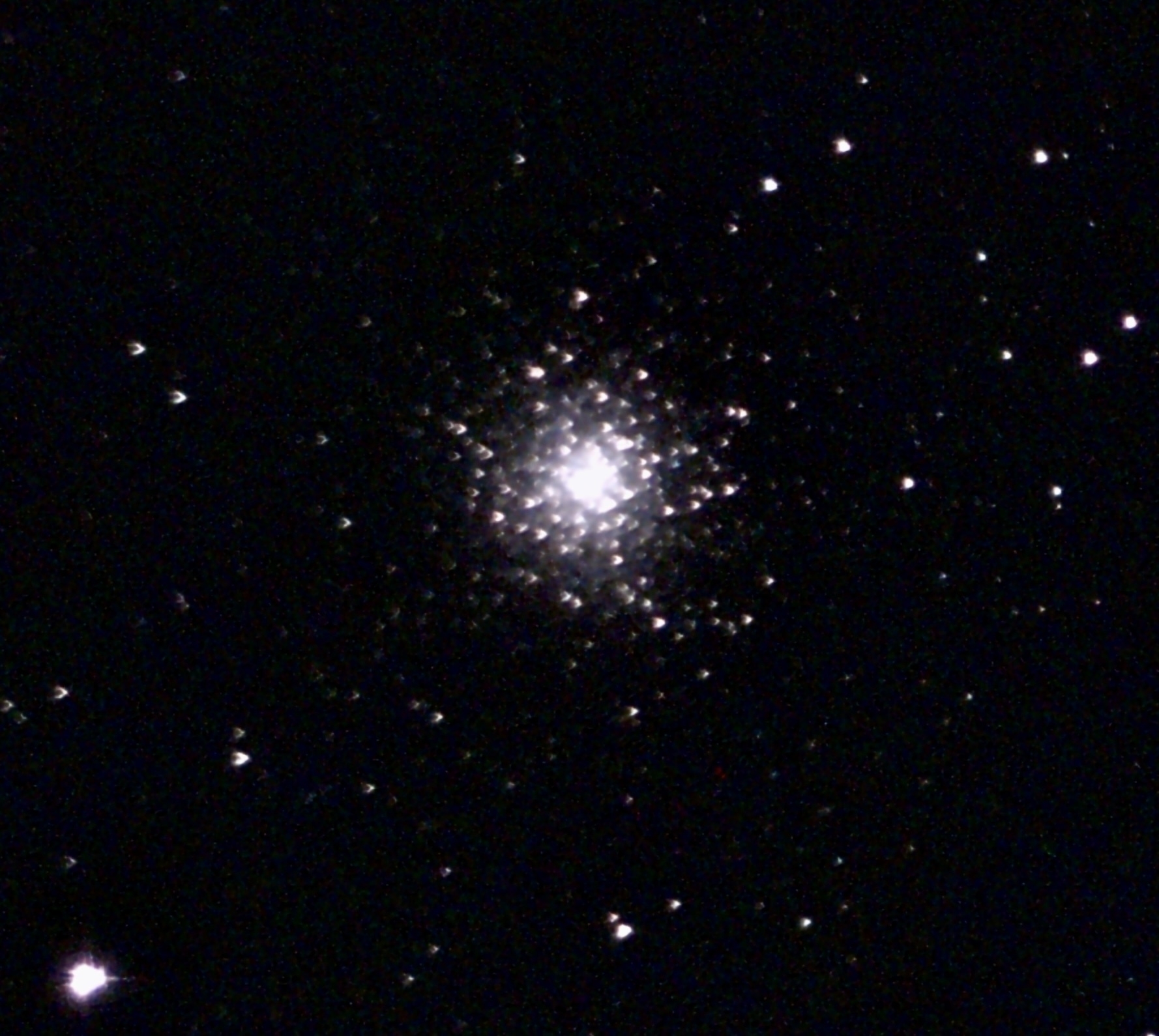
Taken: 4 May 2024 at 1:51AM EST
Equipment: Unistellar Equinox2
General Information:
- Messier Designation: M13
- Type: Globular Cluster
- Distance from Earth: 22,000 light years
M13 Hercules is a globular cluster that is located in the constellation Hercules, visible in the northern sky. It contains hundreds of thousands of stars that are densely packed in a spherical shape, with the cluster covering an area of about 145 light-years in diameter. Discovered by Edmond Halley in 1714, M13 Hercules is considered one of the most prominent and best known globular clusters, seen with a telescope from earth due to its proximity at about 22,200 light-years away. The stars within it are believed to be extremely old, estimated at around 11.65 billion years, with tightly gravitational interaction, leading to high rate of stellar interactions and collisions. This cluster is a popular target for both professional and amateur astronomers due to its size, brightness, and the myriad of stars present.
Additional Details from NASA:
Messier 13 (The Hercules Cluster) - NASA Science
Hubble Image:

Bonus photo: Hercules … with a few photobombing satellites!
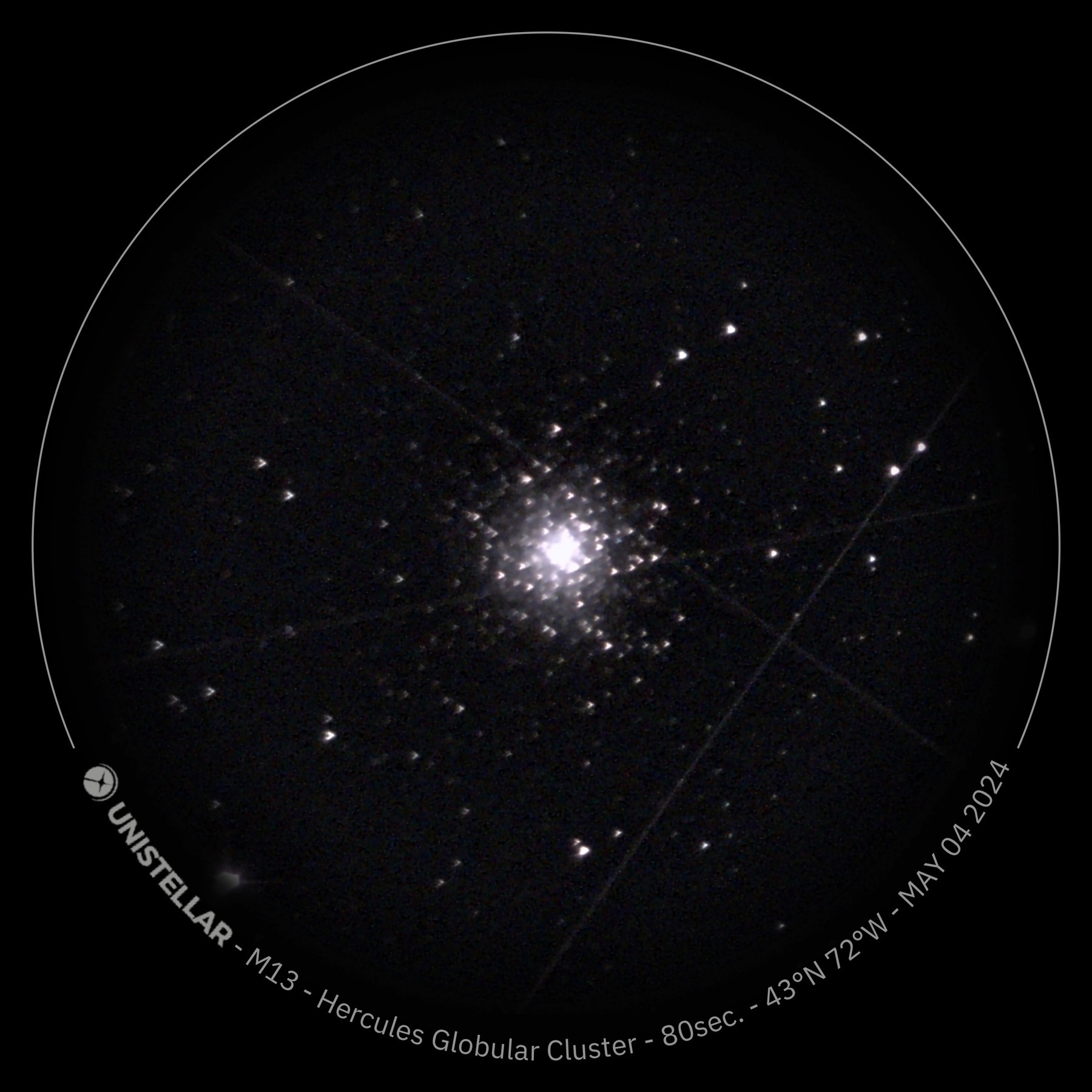
-
Astronomy Photo: M82 Cigar Galaxy
My Observation:
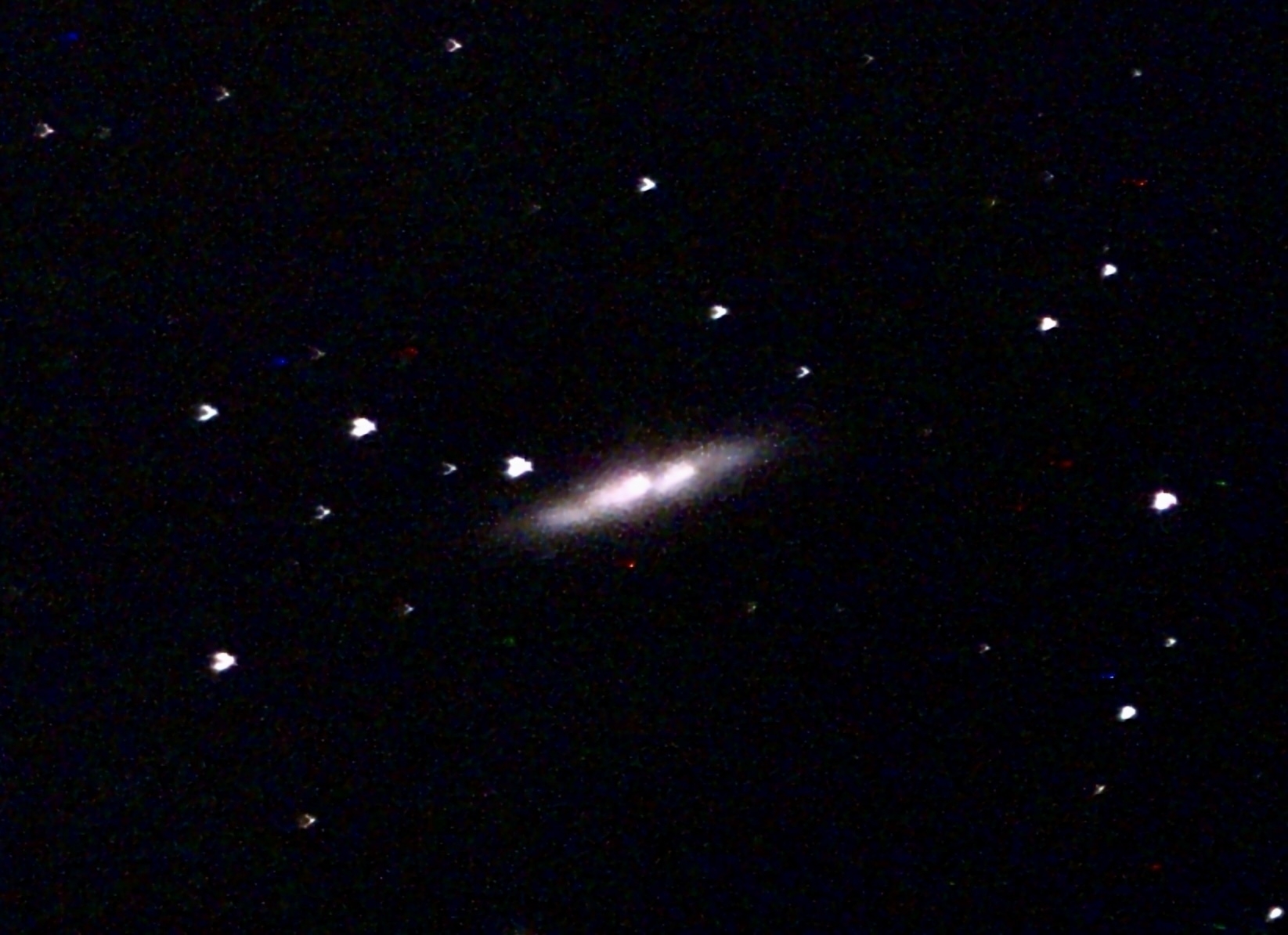
Taken: 4 May 2024 at 2:18 AM EST
Equipment: Unistellar Equinox2
General Information:
- Messier Designation: M82
- Type: Spiral Galaxy
- Distance from Earth: 12,000,000 light years
M82, commonly known as the Cigar Galaxy, is a starburst galaxy located in the constellation Ursa Major, approximately 12 million light-years away from Earth. This galaxy is characterized by its intensely active star-forming regions, which have given it a unique, irregular cigar-like shape. The starburst activity in M82 is thought to have been triggered by interactions with its neighboring galaxy, M81, leading to a massive concentration of gas and dust in the galaxy’s core. This abundant material fuels the rapid birth of new stars at a rate about ten times higher than in typical galaxies. Additionally, M82 is recognized for its supernova events and the strong ‘superwind’ of ionized matter being expelled from its core, producing streaks known as ‘filaments’. Remarkably, M82 is the closest place to Earth where the conditions resemble those in the early universe, making it a focal point for astronomers studying galaxy formation and evolution.
Additional Details from NASA:
Hubble Image:

-
Astronomy Photo: Sombrero Galaxy
My observation:
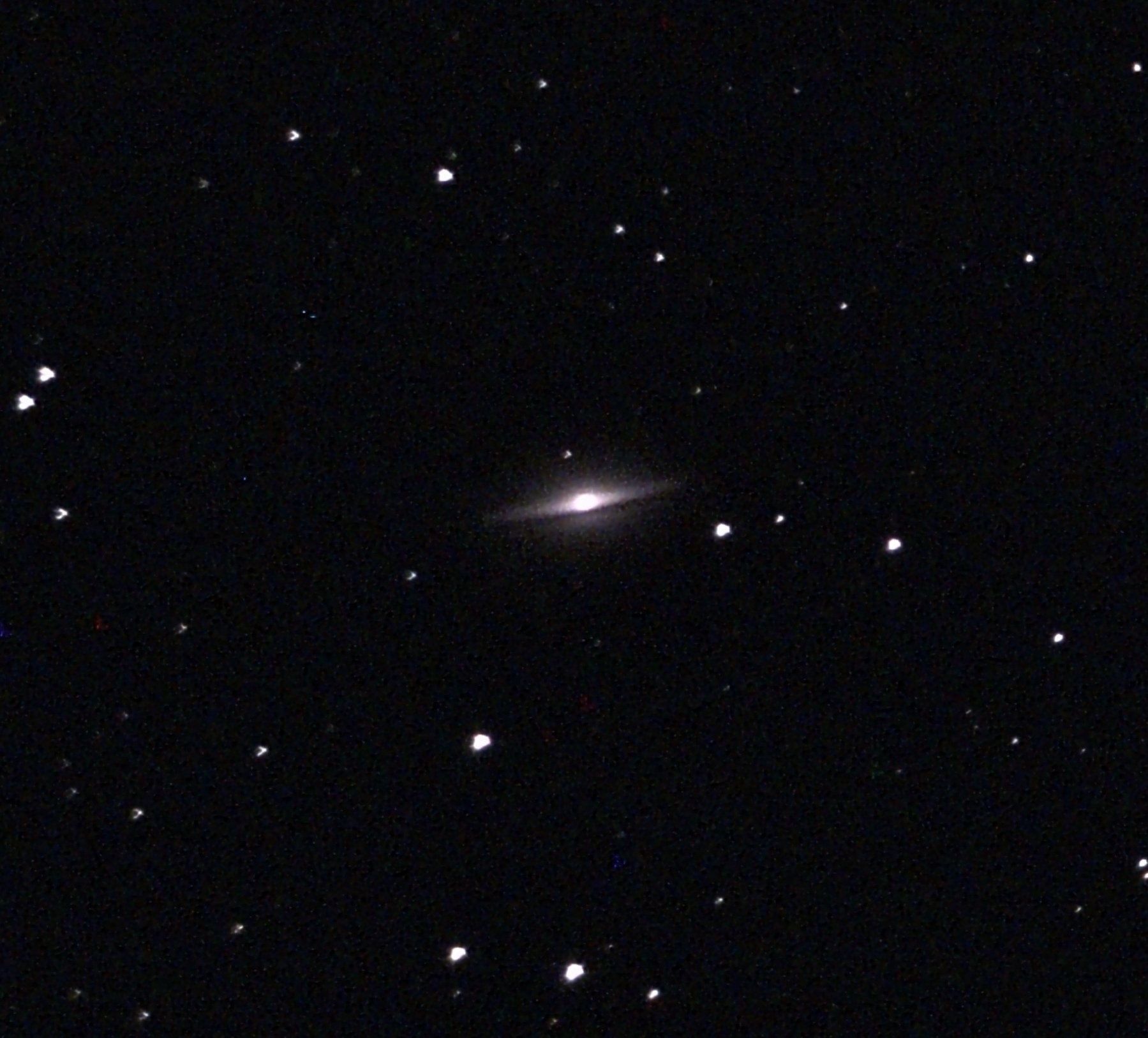
Taken: 4 May 2024 at 2:03AM EST
Equipment: Unistellar Equinox2
General Information:
- Messier Designation: M104
- Type: Spiral Galaxy
- Distance from Earth: 28,000,000 light years
M104, often referred to as the Sombrero Galaxy, is a spiral galaxy located in the constellation Virgo, over 28 million light-years away from the Earth. This galaxy was named ‘Sombrero’ due to its visual similarity to the broad-brimmed Mexican hat, presenting a unique edge on view with a prominent dust lane circling its bright nucleus like a brim. The mass of the Sombrero galaxy, particularly the budge in the middle, is comprised of billions of stars, dust, gas, and other celestial matter. Additionally, the rim of the Sombrero Galaxy showcases an extensive halo filled with several hundred globular clusters, signifying its significantly higher than average number for a galaxy of its type and size. It is also a source of a strong radio emission and is assumed to possess a supermassive black hole at its center. The Sombrero galaxy is a popular celestial body in amateur astronomy due to its bright intensity and visibility with small telescopes.
Additional Details from NASA:
Hubble Image:

-
Photo challenge bonus 2: unputdownable

-
Photo challenge bonus 1: bubble
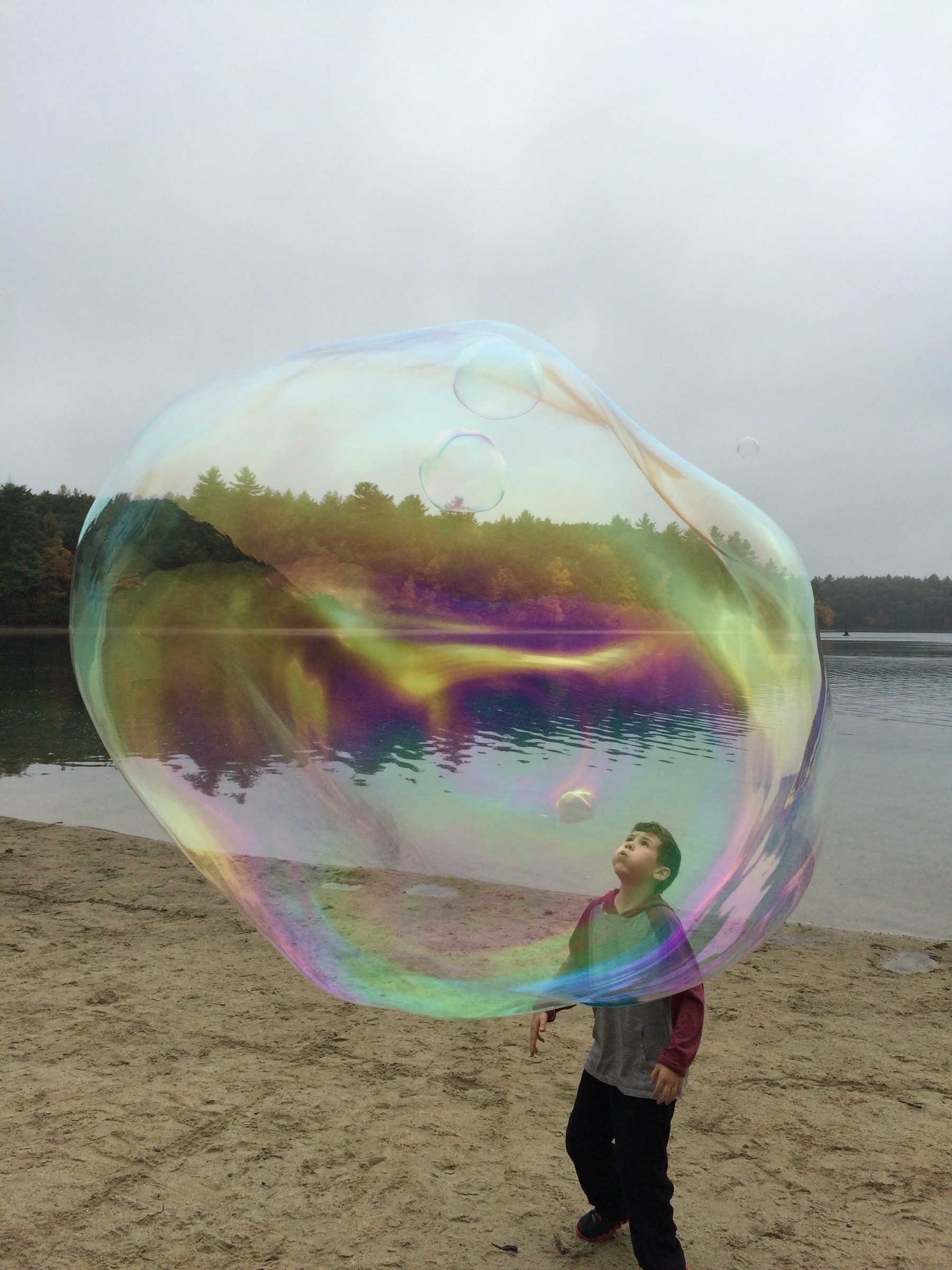
-
photo challenge day 30: hometown
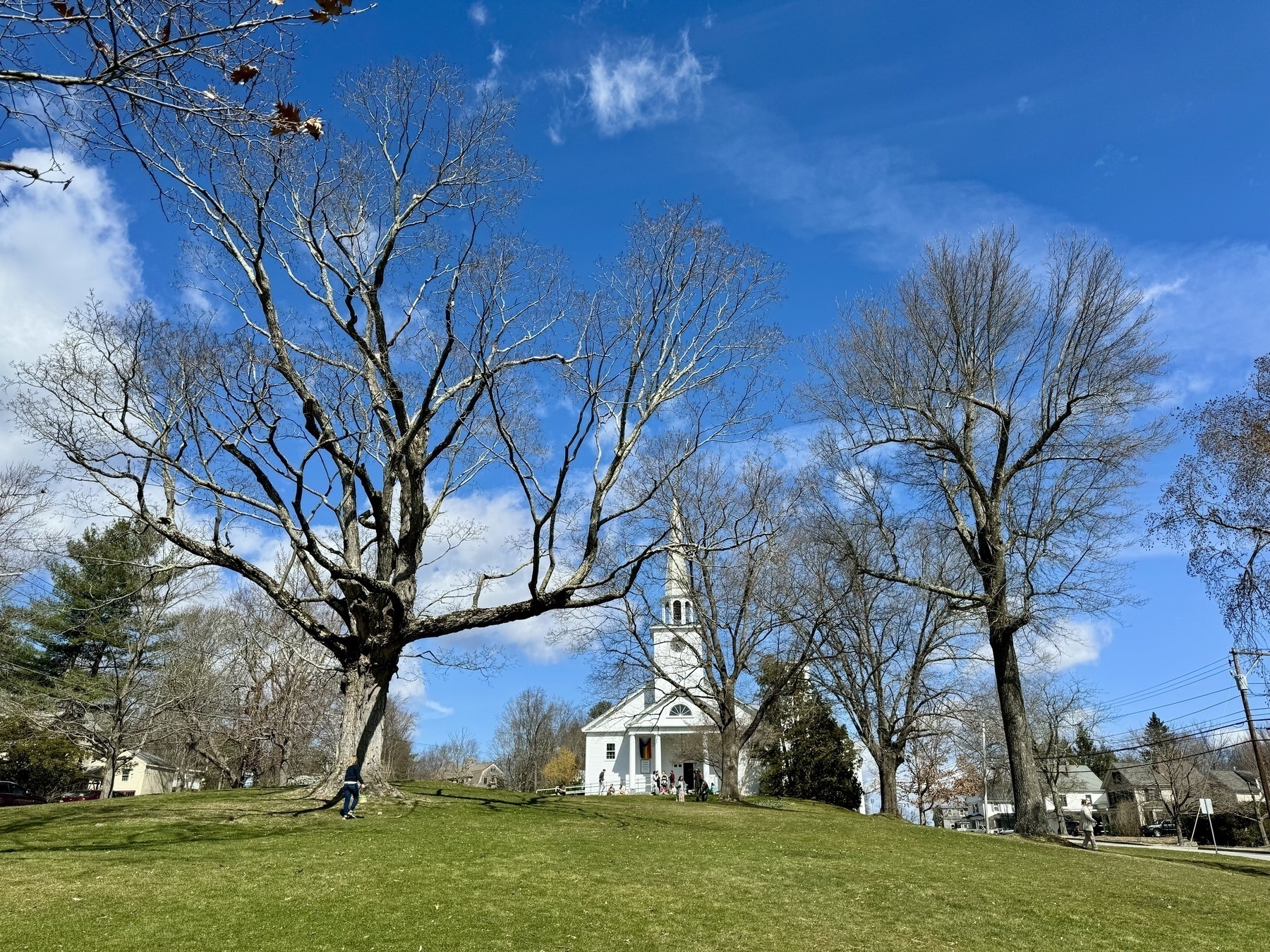
-
Finished reading: The Amen Effect by Sharon Brous 📚
Five stars
-
photo challenge day 29: drift
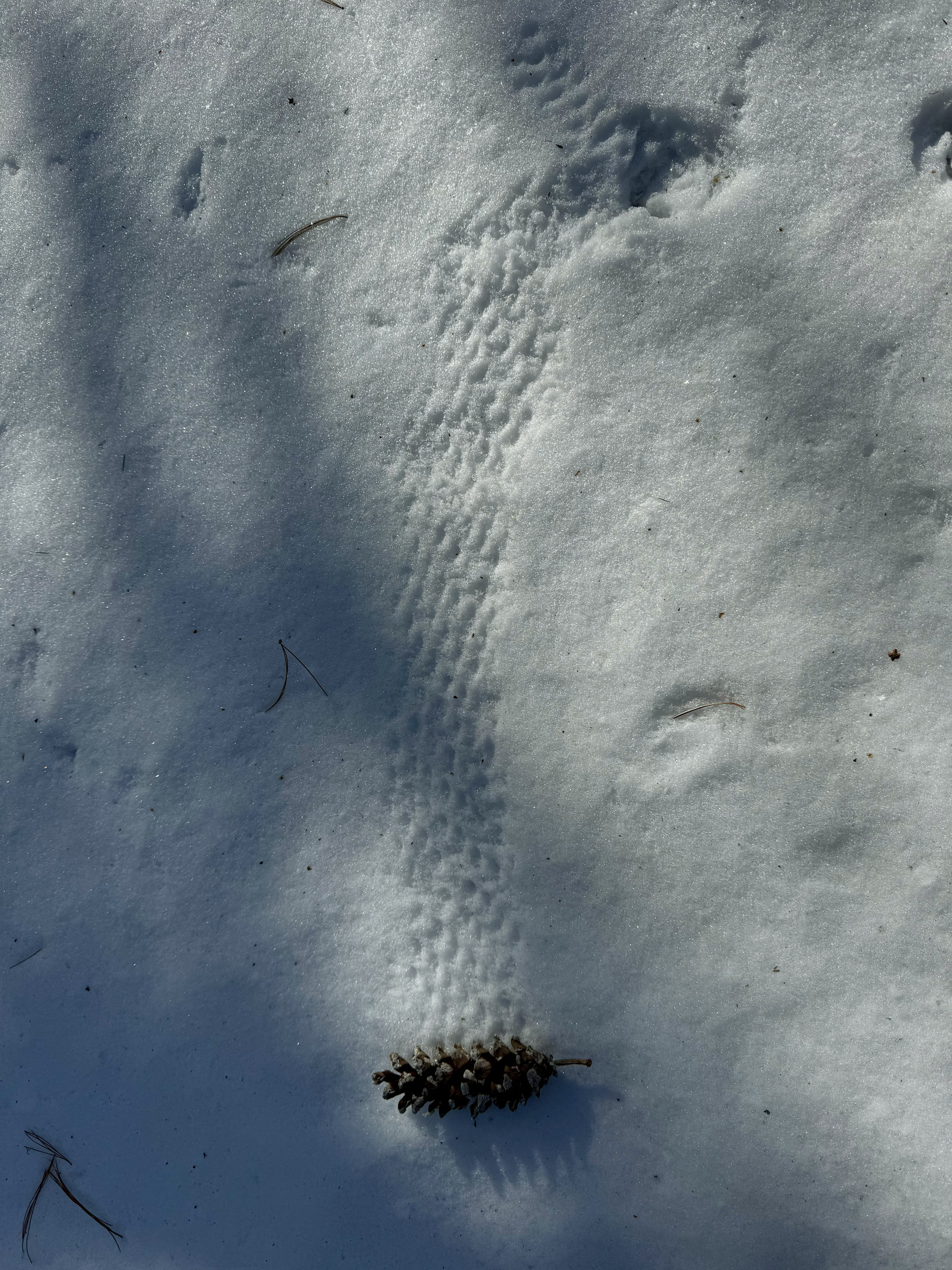
-
Astronomy Photo: M56
My Observation:
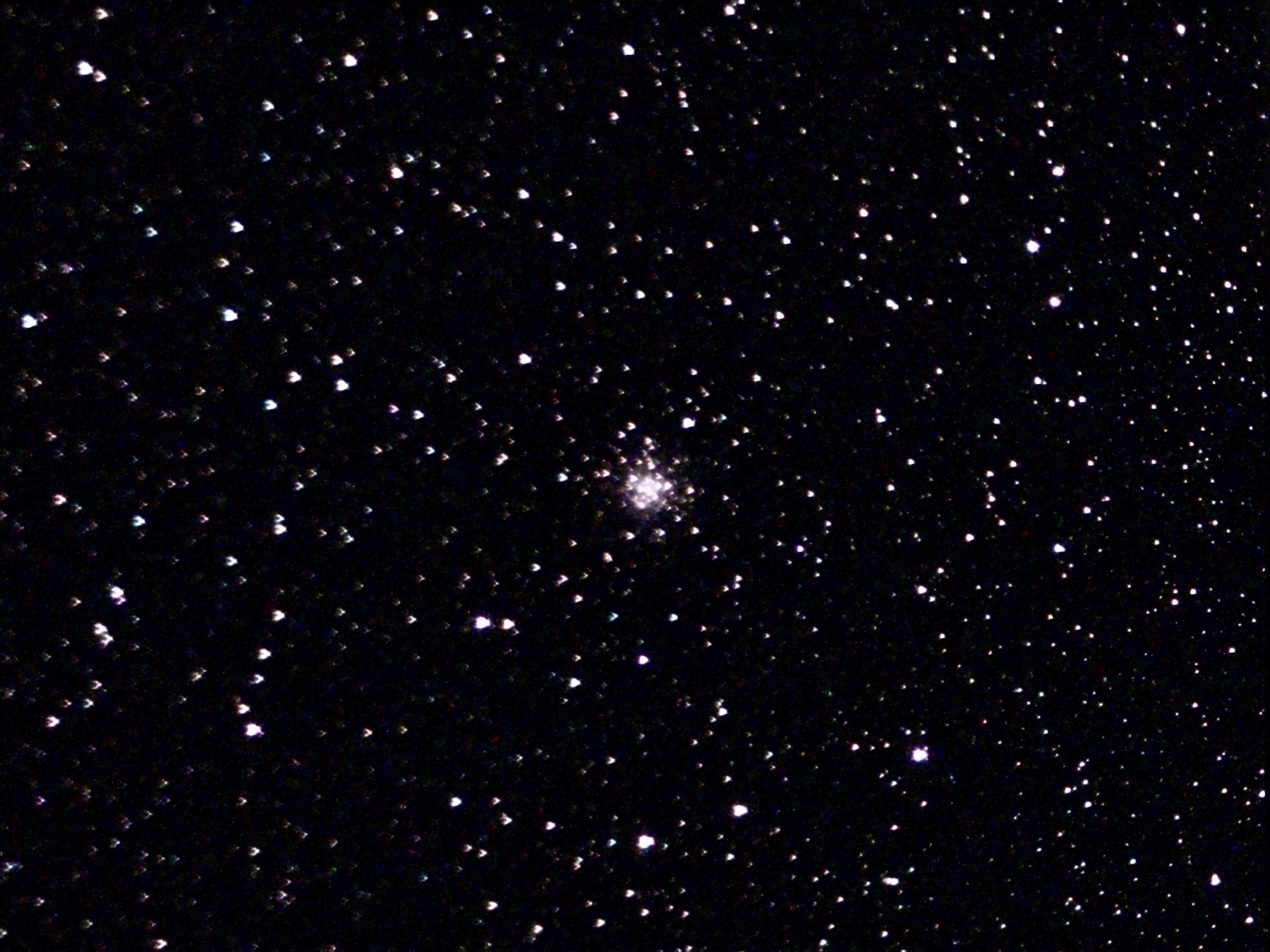
Taken: 27 April 2024 at 1:34AM EST
Equipment: Unistellar Equinox2
General Information:
- Messier Designation: M56
- Type: Globular Cluster
- Distance from Earth: 33,000 light years
Messier 56, or M56, is a globular cluster located in the constellation Lyra, roughly 33,000 light-years away from Earth. Discovered by Charles Messier in 1779, M56 is composed of hundreds of thousands of ancient stars densely packed into a spherical shape, which is typical of globular clusters. The cluster’s stars are gravitationally bound, sharing a common motion through space, and are characterized by their old age and low metallicity, reflecting the early stages of the Milky Way’s formation. M56 appears relatively faint in the night sky, making it a challenging but rewarding target for amateur astronomers equipped with telescopes. This cluster provides valuable clues about the early chemical environment of the galaxy and the evolutionary history of stellar populations.
Additional Details from NASA:
Hubble Image:

-
Astronomy Photo: Ring Nebula
My Observation:
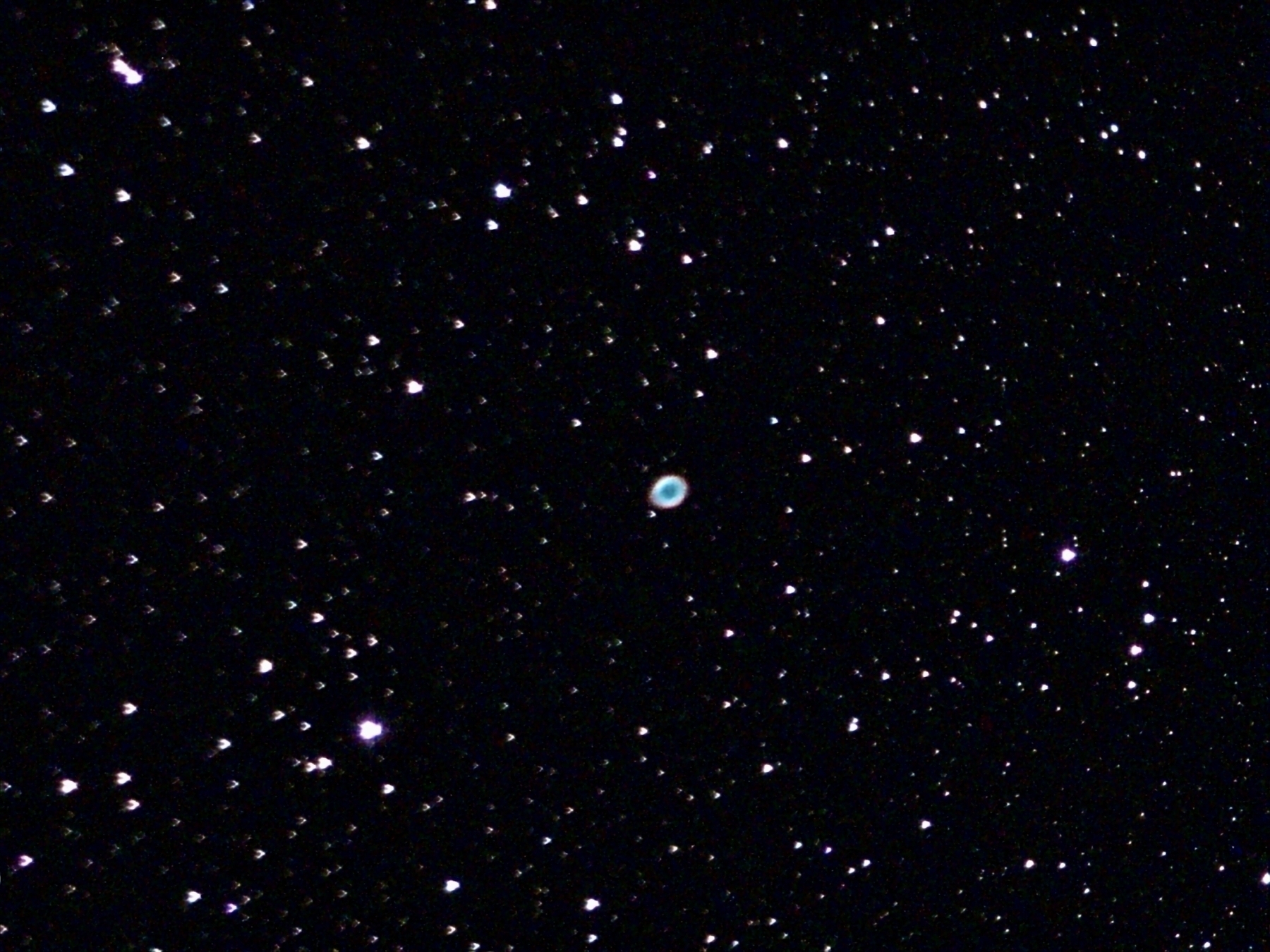
Taken: 27 April 2024 at 1:28AM EST
Equipment: Unistellar Equinox2
General Information:
- Messier Designation: M57
- Type: Planetary Nebula
- Distance from Earth: 2000 light years
The Ring Nebula, also known as Messier 57 (M57), is a stellar nebula located approximately 2000 light years away from Earth. It is a striking example of a planetary nebula, formed when a dying star sheds its outer layers of gas, creating a ring-like structure of glowing gas and dust. The central star, a white dwarf, is the remnant of the star that once existed in the center of the nebula. The Ring Nebula is a popular target for amateur astronomers due to its bright and distinctive appearance in the night sky.
Additional Details from NASA:
Hubble Image:

-
photo challenge day 28: community

-
Astronomy Photo: Dumbbell Nebula
My Observation:
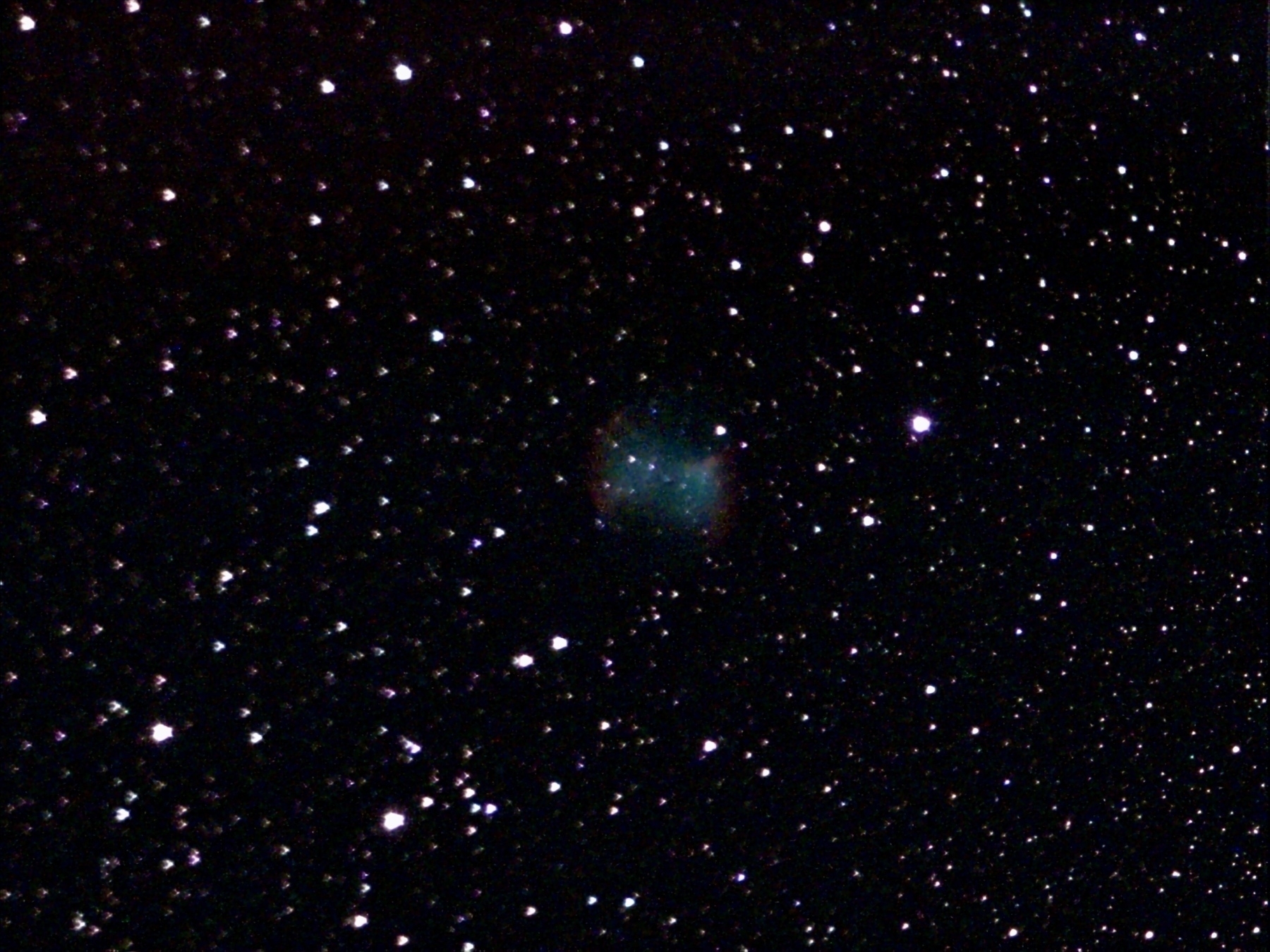
Taken: 27 April 2024 at 1:37AM EST
Equipment: Unistellar Equinox2
General Information:
- Messier Designation: M27
- Type: Planetary Nebula
- Distance from Earth: 1360 light years
The Dumbbell Nebula, also known as Messier 27 (M27), is a planetary nebula located in the constellation Vulpecula, approximately 1,360 light-years away from Earth. It is one of the brightest and largest planetary nebulae visible in the night sky, making it a popular target for amateur astronomers. The nebula was discovered by Charles Messier in 1764 and is named for its distinctive dumbbell shape, characterized by a bright, elongated central region surrounded by a complex structure of gas and dust. The Dumbbell Nebula is the result of a star similar to the Sun expelling its outer layers into space at the end of its life, illuminating the surrounding gas to create the nebula’s vivid colors and intricate appearance. This celestial phenomenon offers insights into the life cycle of stars and the processes that shape the interstellar medium.
Additional Details from NASA:
Spitzer Space Telescope Image:

-
photo challenge day 27: surprise
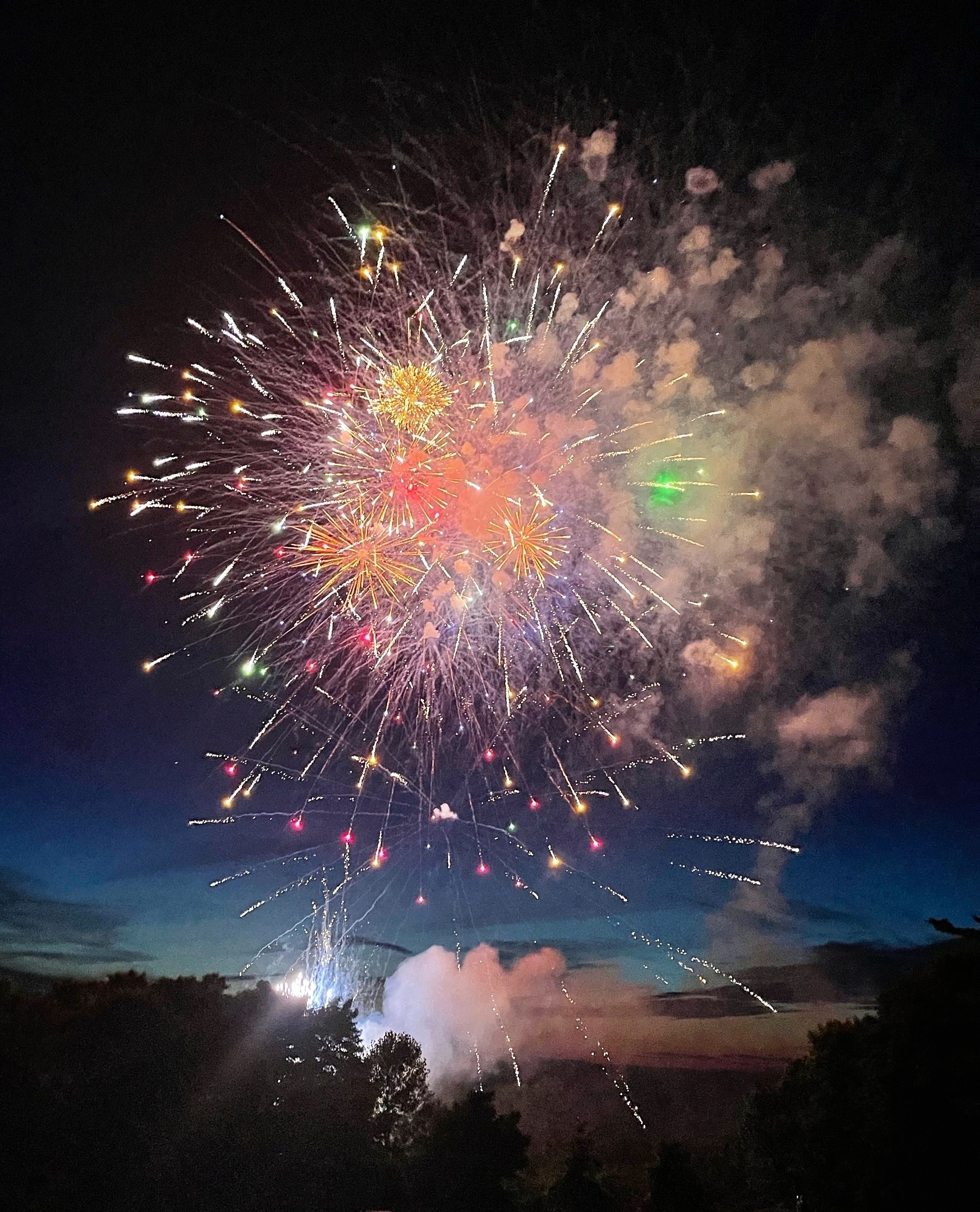
-
I would be their eucharist
“You could have a small fire at night. Maybe find a cave. A mountain stream. I’d have a canteen for water for when the time came that I was too weak to move about. After a while the water would taste extraordinary. It would taste like music. I’d wrap myself in the blanket at night against the cold and watch the bones take shape beneath my skin and I would pray that I might see the truth of the world before I died. Sometimes at night the animals would come to the edge of the fire and move about and their shadows would move among the trees and I would understand that when the last fire was ashes they would come and carry me away and I would be their eucharist. And that would be my life. And I would be happy.”
-from Stella Maris by Cormac McCarthy 📚 💬

-
Finished reading: Stella Maris by Cormac McCarthy 📚
-
photo challenge day 26: critter
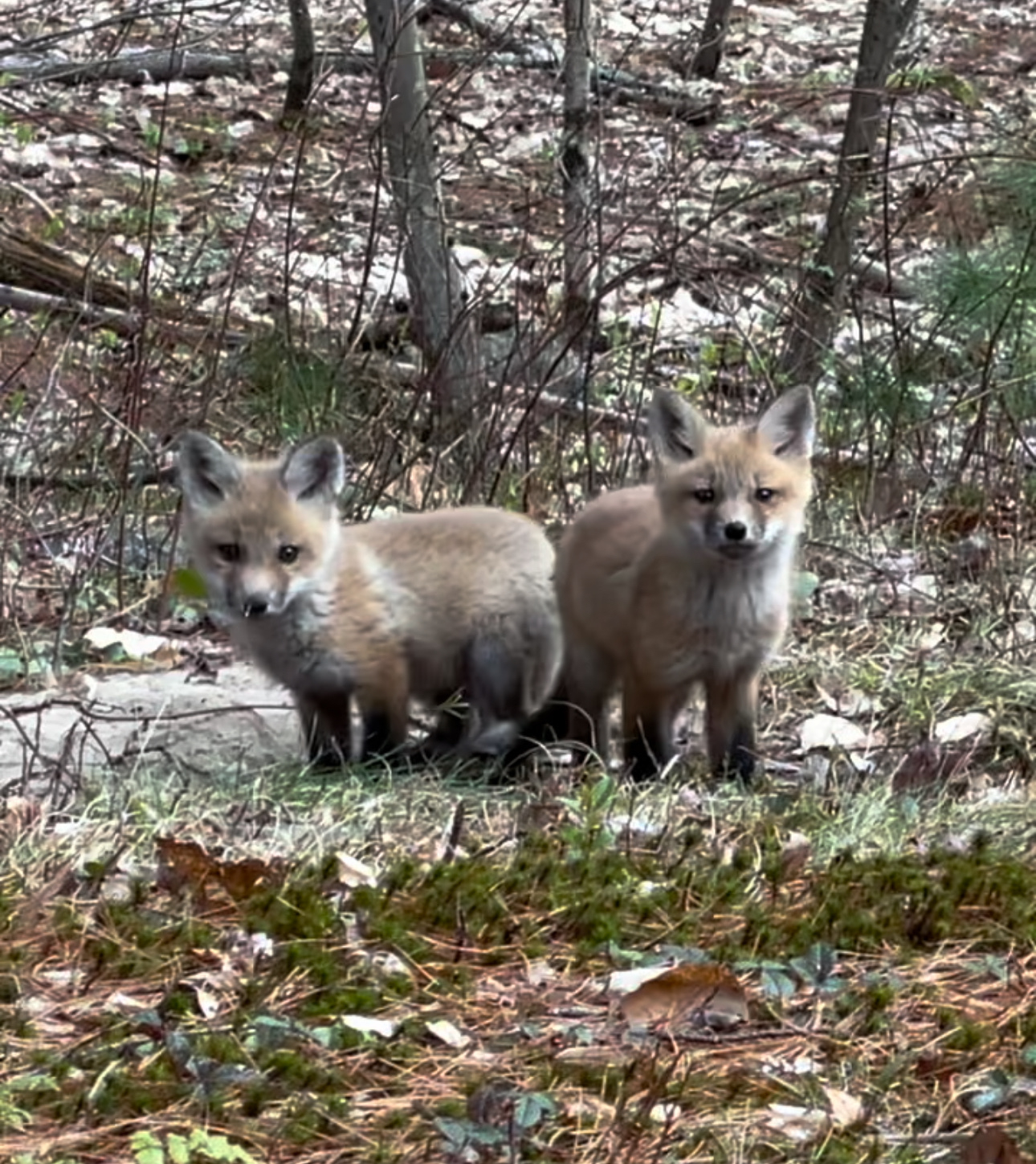
-
photo challenge day 25: spine

-
photo challenge day 24: light
